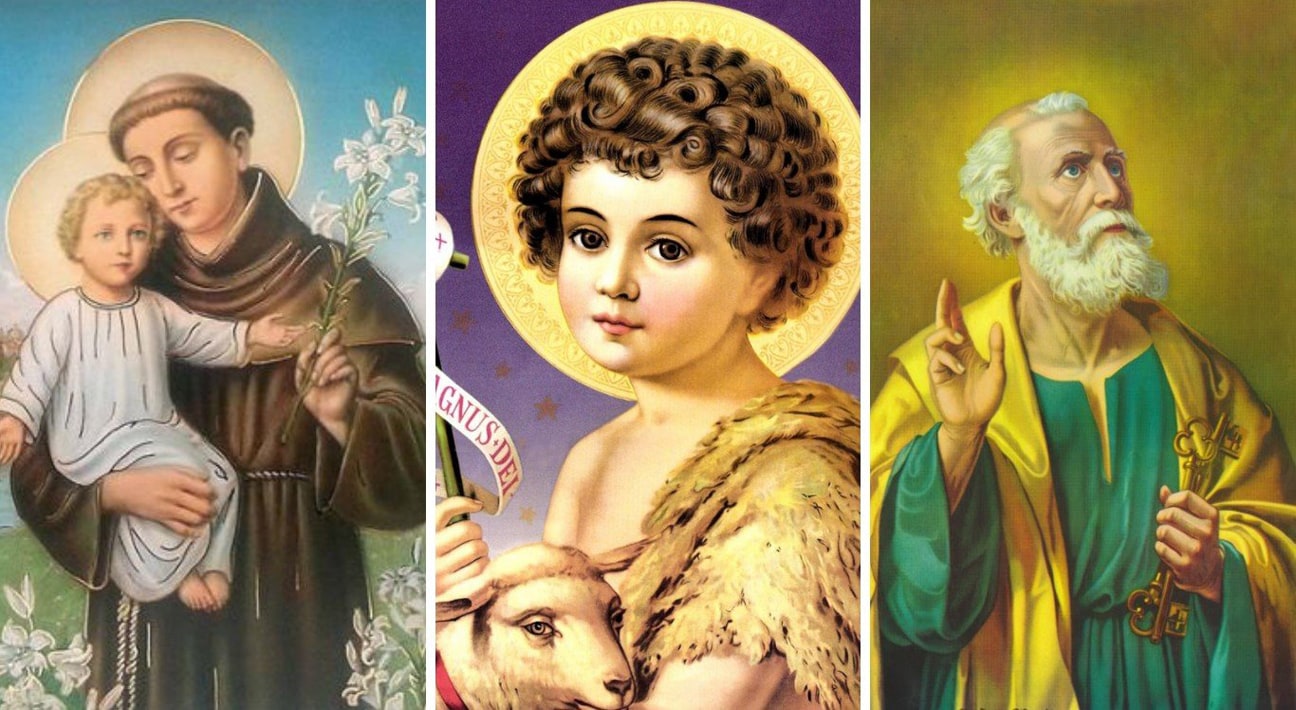Earlier this year Brazil passed a law officially recognizing the June festivities as an expression of the country’s national culture. These events, which pay tribute to the Catholic saints Anthony, John, and Peter, are deeply rooted in Brazilian tradition and are celebrated with great enthusiasm throughout the country.
According to Senator Prisco Bezerra— rapporteur of the bill—the June festivities in the Northeastern Region of Brazil “have grown significantly in size and popularity,” also attracting people from the south to the north of the country.
The senator highlights Campina Grande in Paraíba state, Caruaru in Pernambuco state, and Mossoró in Rio Grande do Norte state as prime examples of cities where the June festivals play a crucial role in driving local economies and boosting tourism.
“The Ministry of Tourism estimates that the June festivities in the state of Bahia this year will attract approximately 1.5 million people and generate BRL 1 billion for the economy. In Campina Grande, the expected economic impact is BRL 400 million, and in Caruaru, it is estimated at BRL 250 million.”
Origin
Introduced to Brazil by the Europeans during the colonial period, these festivals originally took place mainly in June but now extend to August in some places. They have become iconic symbols of northeastern Brazilian culture, showcasing the production of traditional food and clothing, religious traditions, and dancing to the forró rhythm. The festival’s cultural richness is one of the factors that attract tourists, boosting the region’s economy, as reported by the Ministry of Tourism.
Source: Agência Brasil



